
Everybody, please have a happy and safe holiday.
BD





The economy took a tumble in the summer that was worse than first thought as American consumers throttled back their spending by the most in 28 years, further proof the country is almost certainly in the throes of a painful recession.
.....
American consumers -- the lifeblood of the economy -- slashed spending in the third quarter at a 3.7 percent pace. That was deeper than the 3.1 percent cut initially reported and marked the biggest reduction since the second quarter of 1980, when the country was in the grip of recession.
Consumers are hunkering down amid job losses, tanking investment portfolios and sinking home values, which are making them nervous about spending.

The Federal Reserve on Tuesday unveiled its new Term Asset-Backed Securities Loan Facility (TALF), a plan under which it will lend up to $200 billion to support the issuance of debt backed by consumer and small business debt like credit card loans, student debt, auto loans and loans backed by the Small Business Administration (SBA). The Fed hopes the plan will create liquidity in the market for securities backed by the receivables from such loans, which in turn would encourage originators of consumer loans to restart lending to individuals.
The central bank will purchase as much as $600 billion in debt issued or backed by government-chartered housing-finance companies. It will also set up a $200 billion program to support consumer and small-business loans, the Fed said in statements today in Washington.
IF THE FEDERAL RESERVE BANK WERE A COMMERCIAL LENDER, it would be a candidate for receivership, based on its capital ratios. Bank examiners generally view any lender with a ratio below 2% to be dangerously undercapitalized. The Fed's current capital ratio, or capital as a percentage of assets, is 1.9%.
The Fed has provided so many loans and emergency credits -- to banks, brokers, money funds and foreign countries -- that its balance sheet, viewed one way, is as leveraged as any hedge fund's: Its consolidated assets amount to 53 times capital. Only 11 months ago, its leverage on this basis was a more modest 25 times, and its capital ratio 4%. A caveat: Many of the loans are self-liquidating facilities that will disappear in a few months if the financial crisis eases.
Although the Fed's role as a central bank is much different from the role of a private-sector operation, the drastic changes in the size and shape of its balance sheet worry even some long-time Fed officials. Its consolidated assets have swelled to $2.2 trillion from $915 billion in about 11 months, and contain at least a half-dozen items that weren't there before. Some, like a loan to backstop the purchase of a brokerage, Bear Stearns, are unprecedented. (See table for highlights.)
Critics say this action could hinder the Fed in achieving its No. 1 priority: keeping inflation in check. To try to get in front of the crisis, many decisions have had to be made on the fly.
"If the Fed had been [a savings-and-loan] ballooning its balance sheet so fast, the supervisors would have been all over it," says Ed Kane, a Boston College finance professor.

Sales of previously owned U.S. homes fell in October, with the median home price notching its biggest drop on record as tough economic conditions kept buyers on the sidelines, data showed on Monday.
Home prices in 20 major U.S. cities dropped 1.8% in September from the prior month, and had fallen a record 17.4% from the previous year, according to the Case-Shiller home price index published Tuesday by Standard & Poor's. Prices have fallen in all 20 cities compared with last month and a year ago.
The inventory of existing homes for sale slipped 0.9 percent to 4.23 million from 4.27 million in September. The median national home price declined 11.3 percent from a year ago to $183,300, the lowest since March 2004, the NAR said.
However, the percentage drop in prices was the biggest since the NAR started keeping records in 1968. Distressed sales are accounting for about 45 percent of existing home sales.
Analysts said even though housing had become more affordable, sales were likely to remain depressed because of tight access to credit and mounting job losses.

Real personal consumption expenditures decreased 3.1 percent in the third quarter, in contrast to an increase of 1.2 percent in the second. Durable goods decreased 14.1 percent, compared with a decrease of 2.8 percent.
Large majorities of domestic respondents reported having tightened their lending standards on prime, nontraditional, and subprime residential mortgages over the previous three months. About 70 percent of domestic respondents—down from about 75 percent in the previous survey—indicated that they had tightened their lending standards on prime mortgages.2 Responses differed somewhat by bank size, with about 80 percent of the largest banks, but only 55 percent of the smaller banks, reporting tighter standards for prime borrowers. About 90 percent—up slightly from July—of the 29 banks that originated nontraditional residential mortgage loans reported having tightened their lending standards on such loans.3 All 4 of the banks that responded to the survey’s question about lending standards on subprime loans indicated that they had tightened their lending standards on such loans over the past three months.4 About 50 percent of domestic respondents—a somewhat higher fraction than the roughly 30 percent in the July survey—experienced weaker demand, on net, for prime residential mortgage loans over the past three months. A higher net fraction of large banks than smaller banks reported a decline in demand. About 70 percent of respondents—up from roughly 45 percent in the July survey—indicated weaker demand for nontraditional mortgage loans over the same period. Each of the 4 domestic banks that originated subprime mortgage loans reported weaker demand for such loans over the survey period, compared with 4 of the 7 banks that reported originating subprime loans in the July survey.
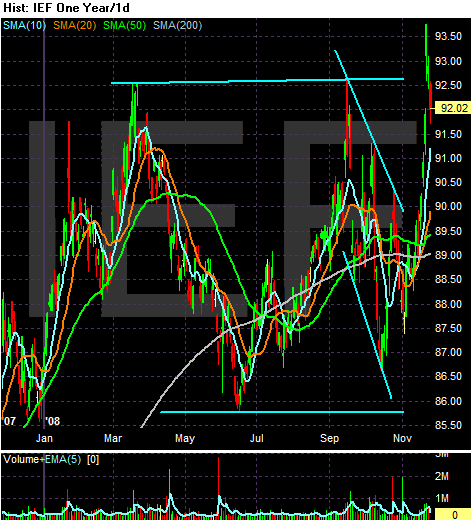
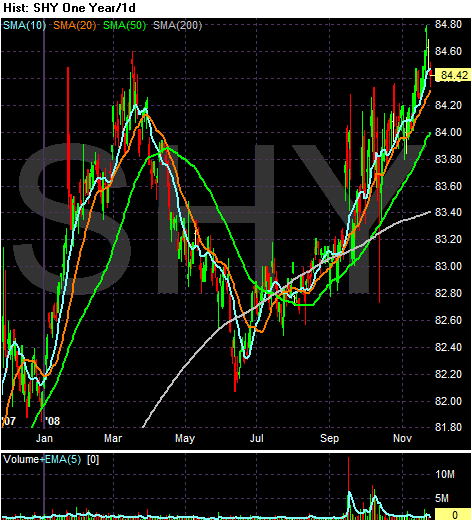
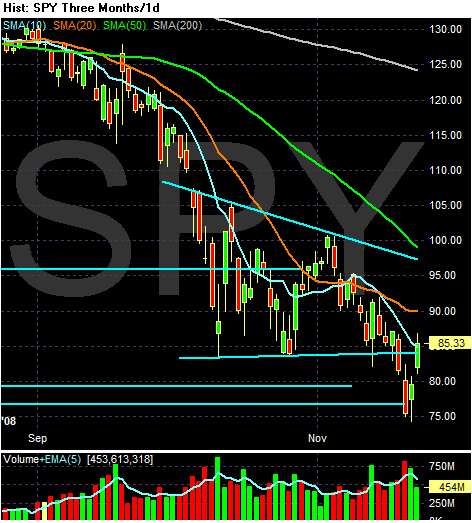
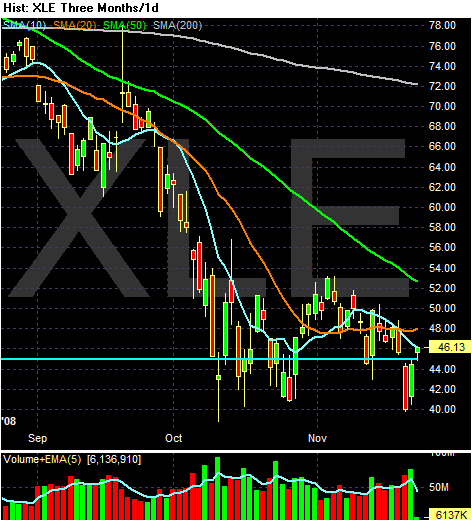


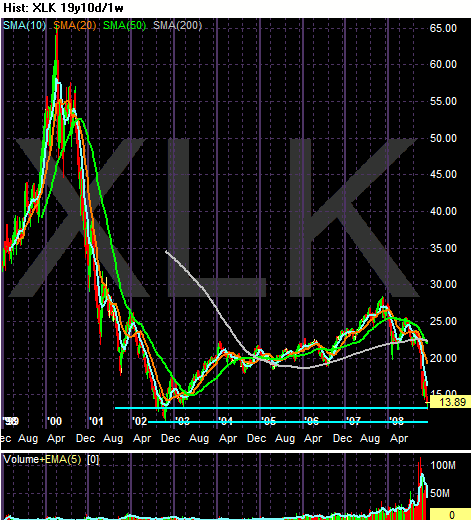
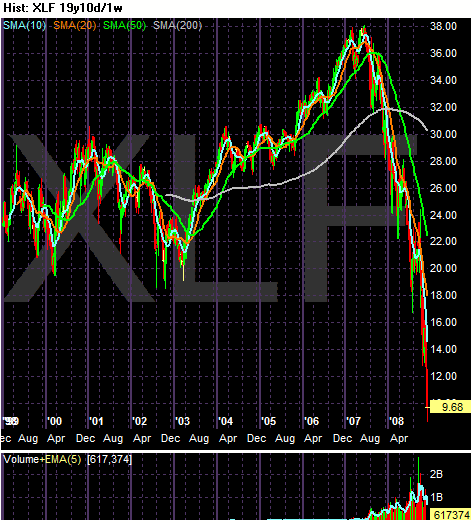
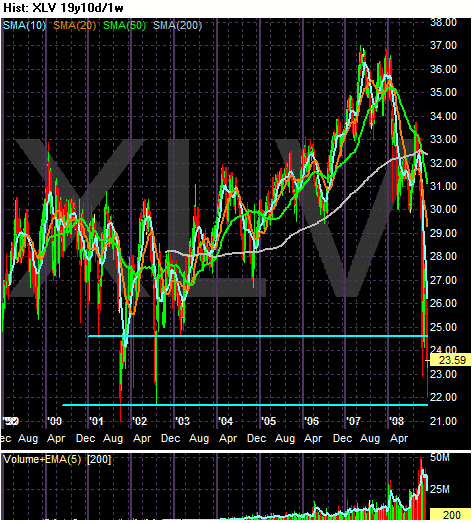
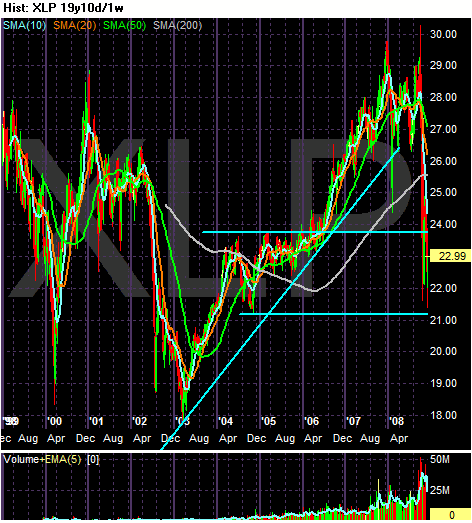

At Thursday's low, both the Dow and S&P had erased more than a decade's worth of gains. If the markets end the year where they finished Friday, both the 39% drop in the Dow and 45% slump in the S&P would mark their worst yearly decline since 1931. The current bear market, which has brought the DJIA down 43% from its October 2007 peak of 14,164, now rivals any decline in the 20th century, save for the loss of 83% from the peak in 1929 to the market depths in 1932 when the index bottomed at just 41.
A philosophical Warren Buffett told Fox Business News Friday morning that slumps worse than this one have happened before, referring to the 1929-1932 crash. Buffett noted that markets and the capitalist system overshoot and that this seems to be one those times. He said the markets are in a "negative feedback loop" as bad news becomes self-reinforcing.
It's tough to say when the markets will bottom, but unless the world is entering an economic depression, history suggests that stocks don't have much further to fall. Save for the 1929-1932 crash, no downturn in the 20th century exceeded 50%. One of the many ironies about this year's setback was that it was largely unanticipated because major averages began 2008 selling for a seemingly modest 16 to 17 times projected earnings, versus a peak of 25 in 2000. It turned out that profit estimates for this year were way too high.
The week's trading was marked by a rare cross: The S&P 500 index dividend yield, about 3.79%, exceeded the 10-year Treasury yield, about 3.20%. For the first time in half a century, the dividend yield is higher than the bond yield. Many dividends will likely be cut next year, sending equity yields back down, and bond yields are at record lows. But the cross suggests stocks are cheaply valued. Bears say it just means there won't be any earnings growth for a while.

The current stock market decline is the worst since the Great Depression.
